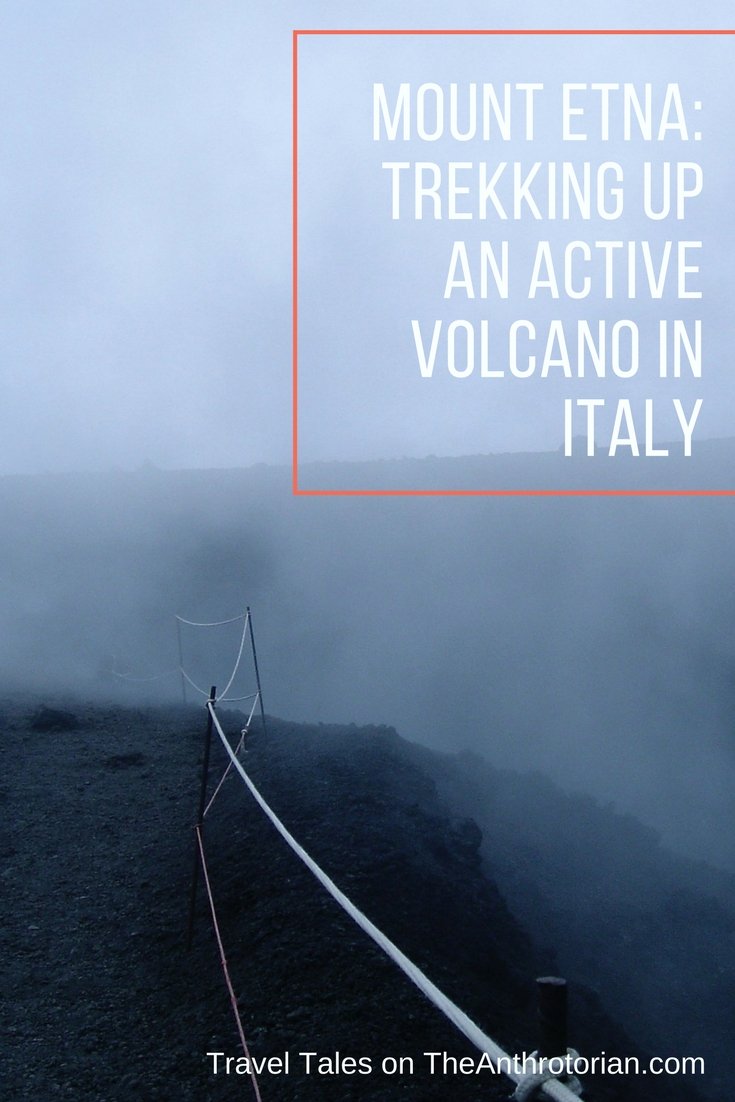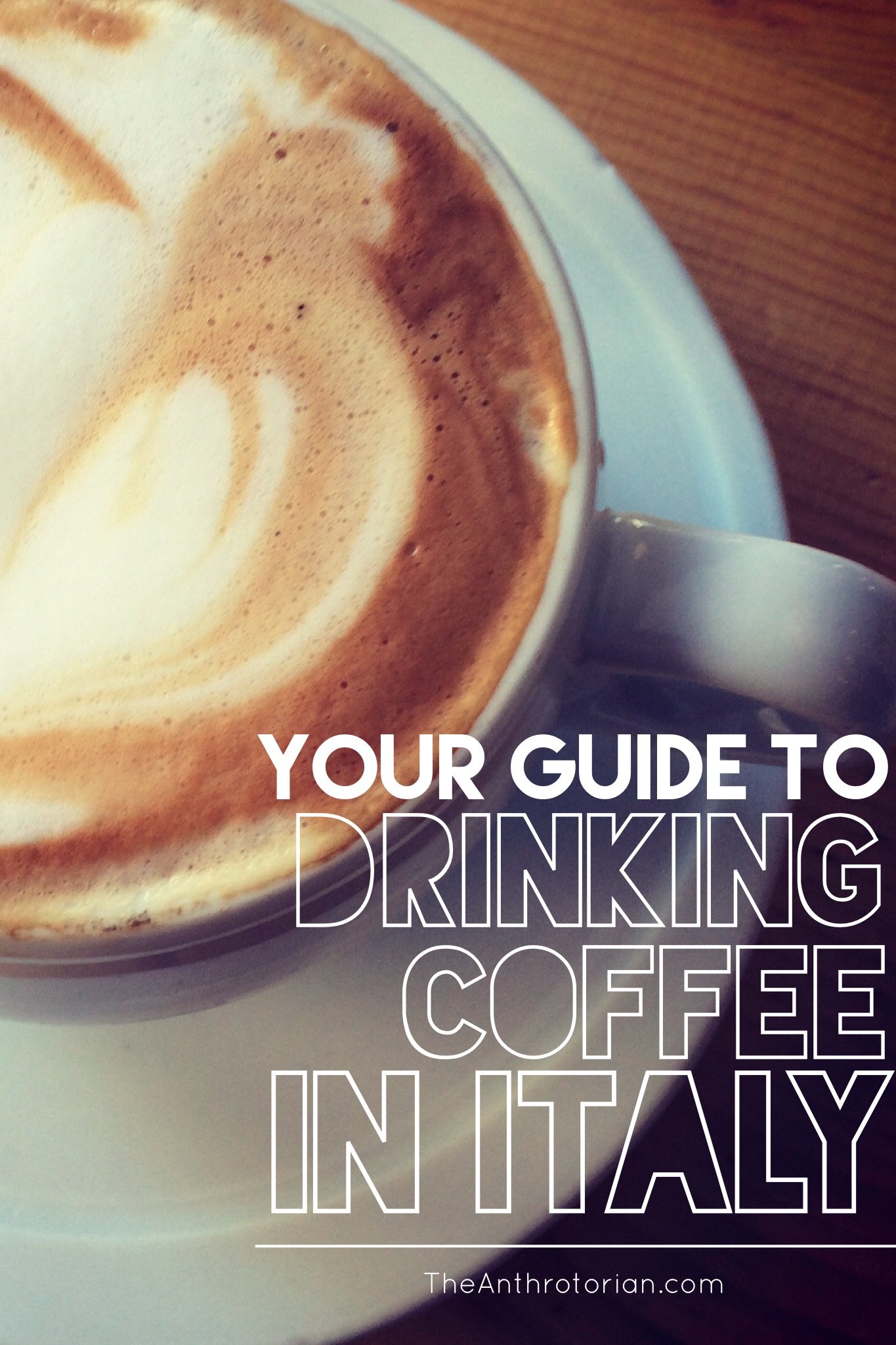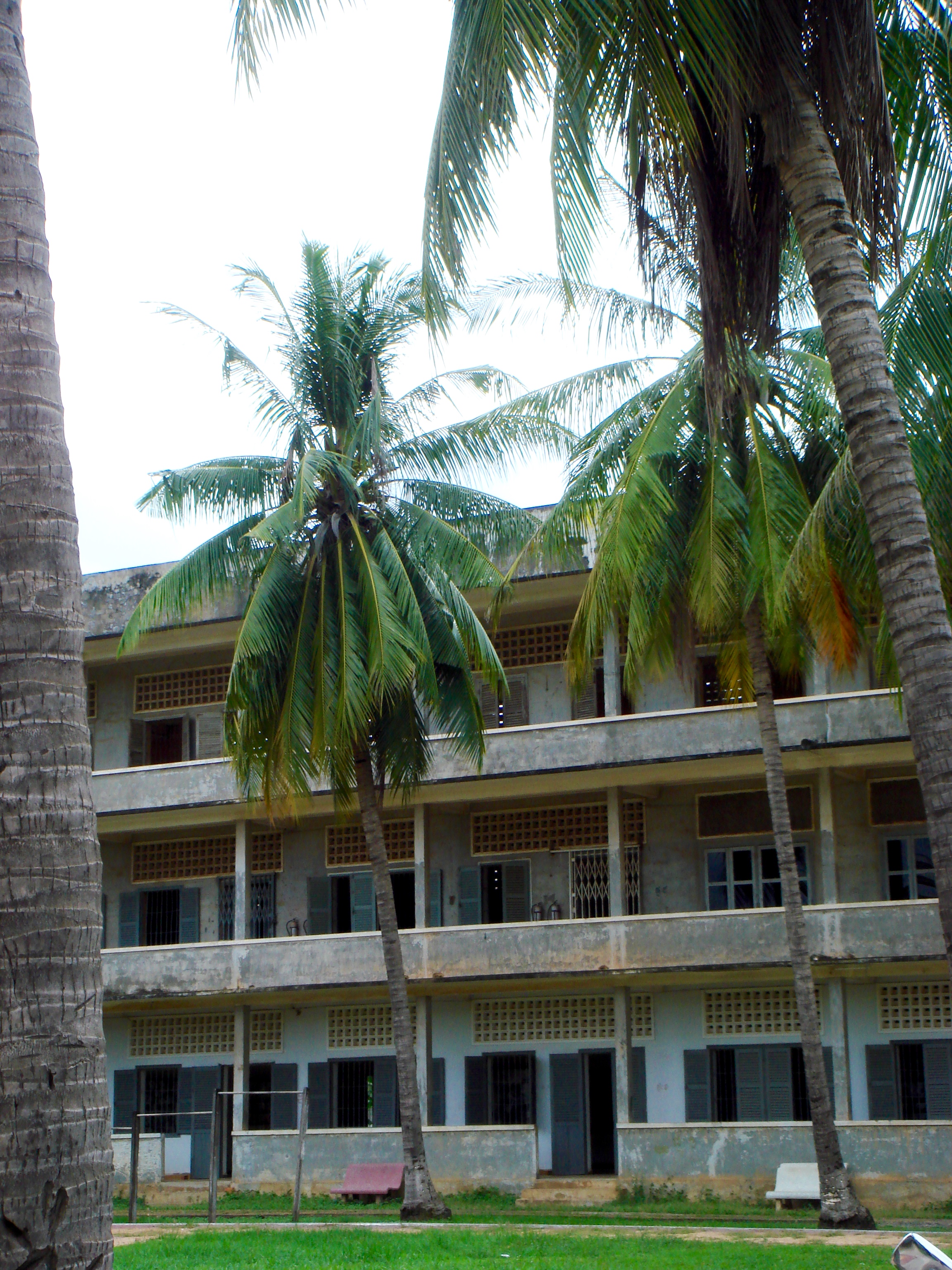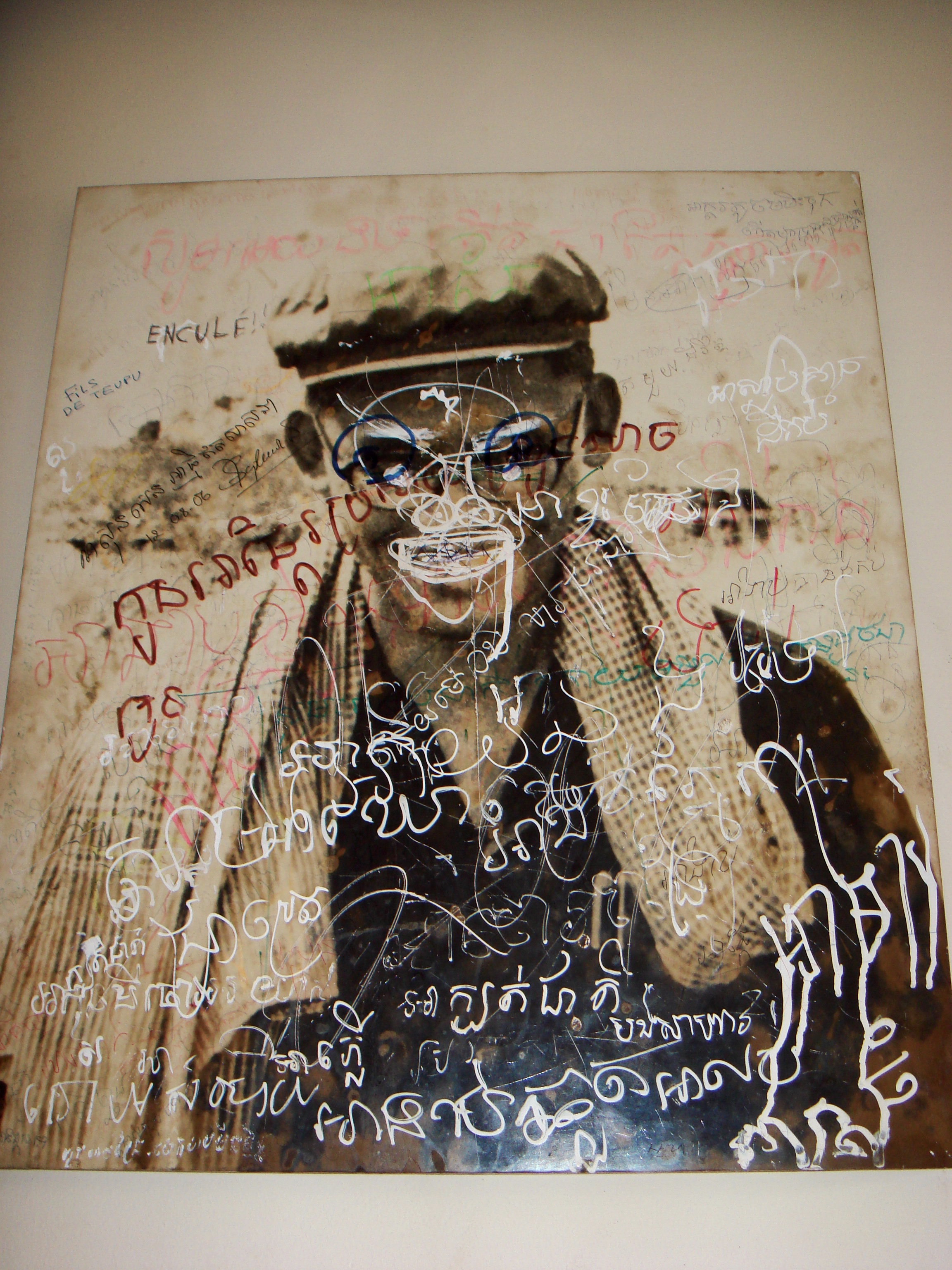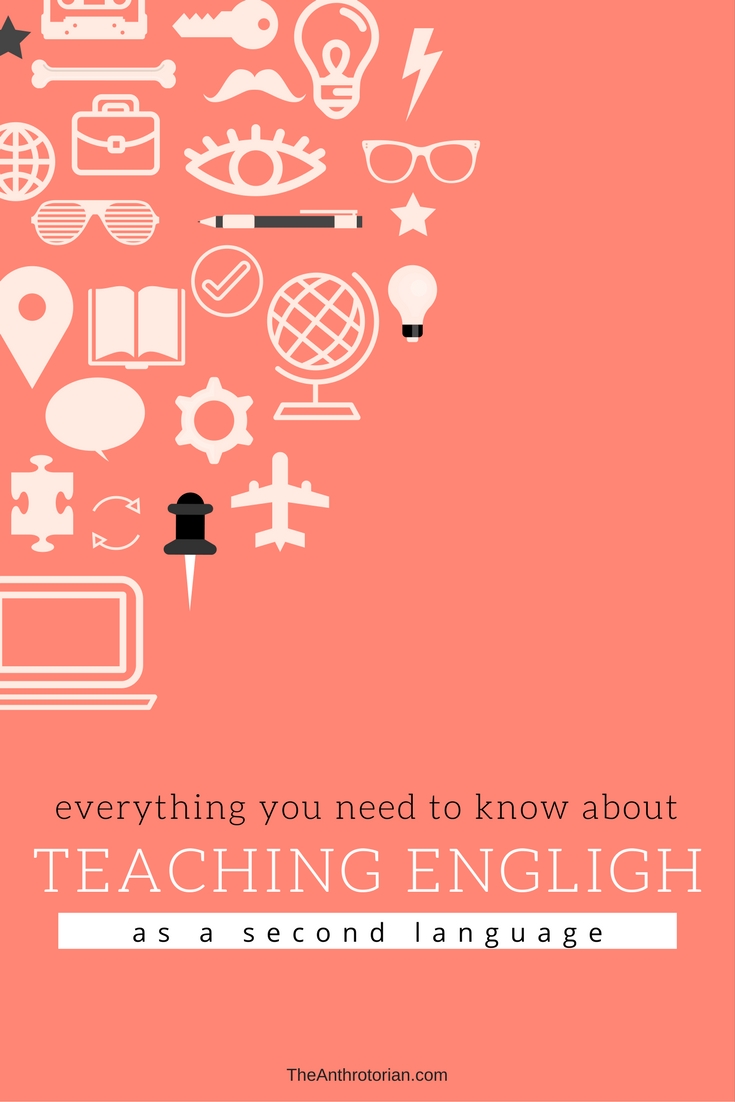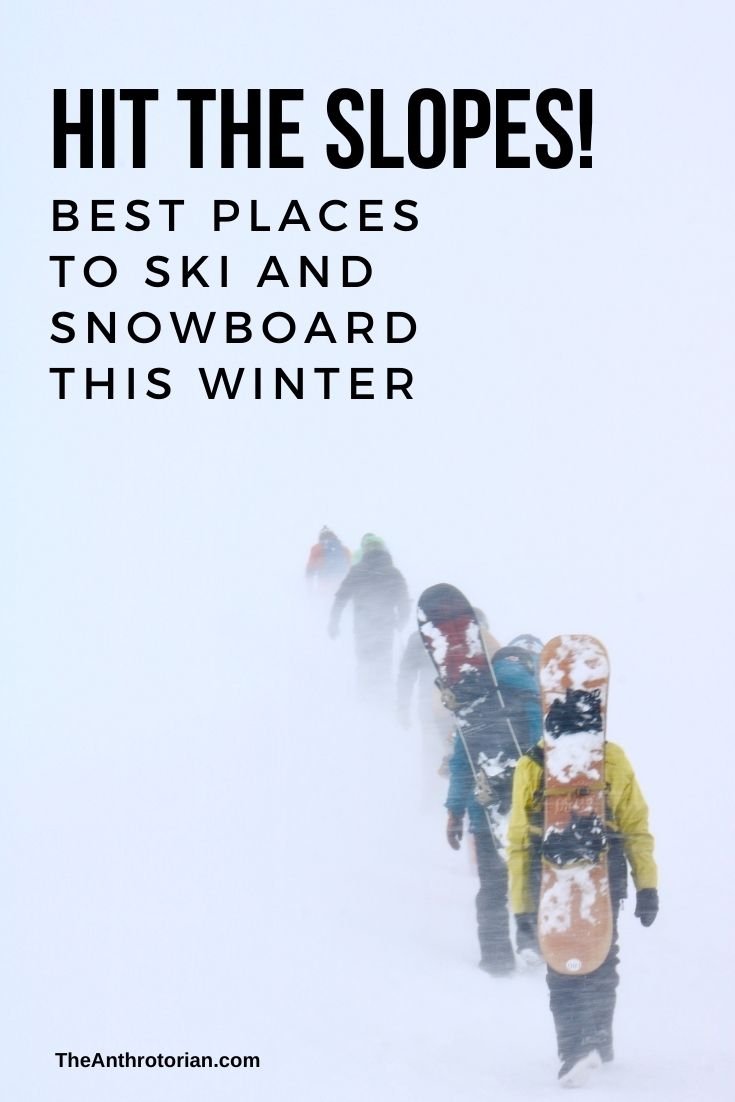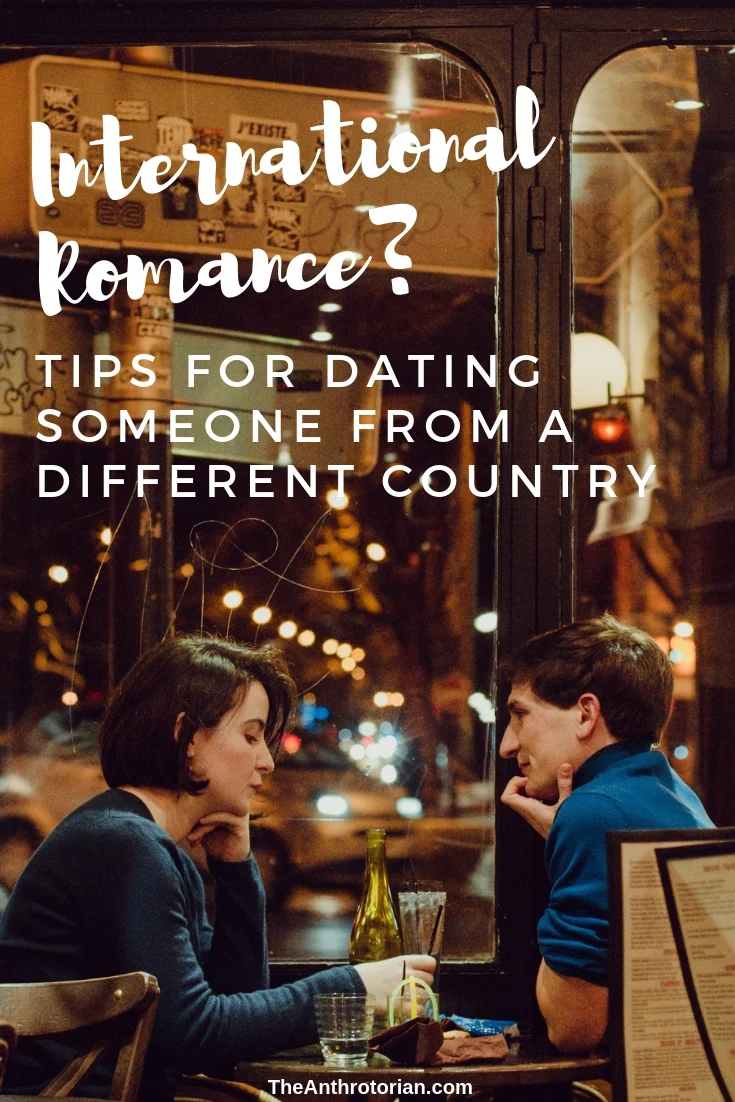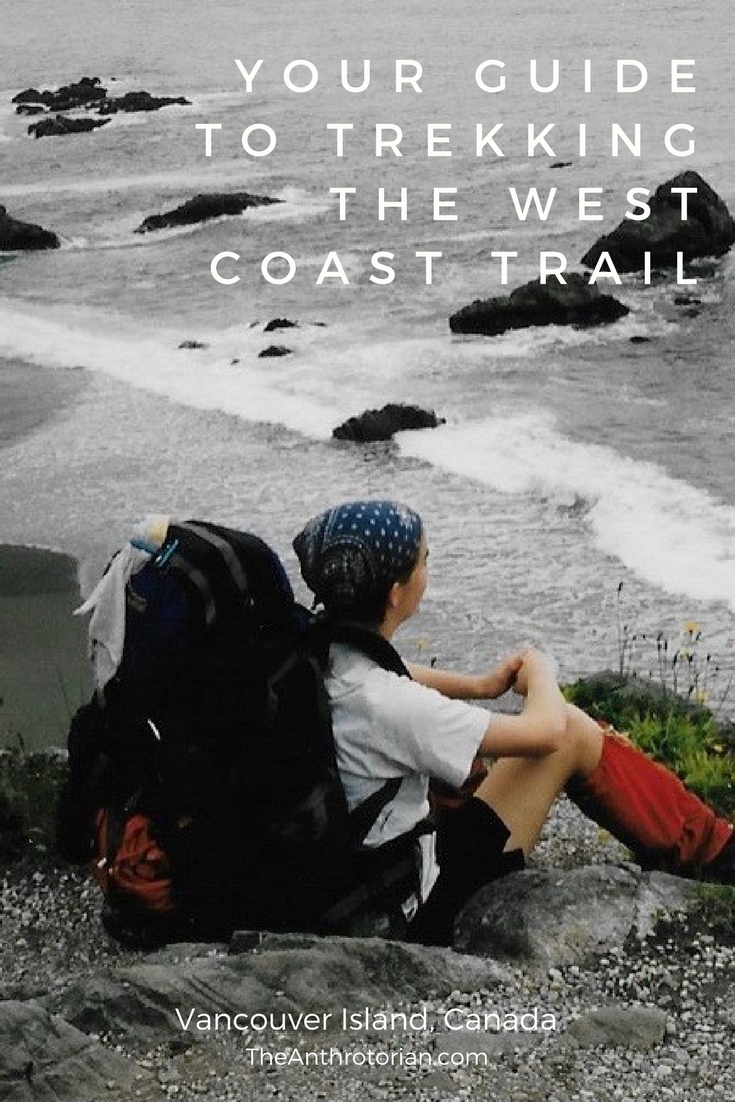Las Vegas is a magical place. The lights are always sparkling, nothing closes, there are no clocks anywhere, sequins is welcome day or night, free drinks abound, superstars grace multiple stages nightly — anything seems possible. It’s a Disneyland for grownups.
Read MoreTravel Tale: Drinking Ice Cold Soda Out Of A Plastic Bag In Honduras
One of my first international adventures took me to some small towns in Central Honduras, definitely well off the tourist trail. Everything was new — the language, the donkey’s wandering the street, the cobblestones, the jungle, and the food.
Read MoreInterview With World Traveller and Filmmaker Jacob Laukaitis
I love connecting with fellow travellers and seeing where they come from, what they are up to, how they sustain their lifestyle, and how they are sharing their experiences with the world! If you know someone who has a story to tell, contact me and they may be featured in a future post!
Read More5 Things To See In The Marrakesh Medina
Are you looking for things to do in Marrakesh? You've come to the right place!
In between getting lost in the maze of narrow streets bordered by red walls draped in vibrant, hand-dyed carpets, there are some incredible places to see and experience in Marrakesh! Here are five of my favourite spots.
1. Djemma el-Fna
I had heard that Djemaa el-Fna, the gigantic main square in Marrakesh, was an open-air theatre full of action, entertainment and general hoopla, but words can not describe what was waiting for me when I wandered there one night as the sun was setting.
The chaos that greets you has been non-stop since the square was the site of public executions in AD 1050 (the name means "assembly of the dead"). It is such an incredible collision of Moroccan culture that UNESCO declared it a "Masterpiece of World Heritage" in 2001.
Camera at the ready and all senses on alert, I walked past snake charmers right out of an Indiana Jones flick blasting oboes to calm hissing cobras, fully veiled female henna tattoo artists would suddenly appear beside pulling me towards their stools, and monkeys on leashes that sat obediently next to the feet of their owners.
Stalls piled high with figs and oranges were lit by hanging lights and seemingly out of nowhere, benches, tables, and cook-tops appeared where chefs were prepping fragrant traditional meals that would break the Ramadan fast for the day. (Apparently what I saw was tame compared to what occurs outside of the month of Ramadan.)
Surrounding restaurants open their rooftops to tourists — the perfect spot to enjoy the show!
2. Bahia Palace
This gorgeous, historic palace has floor-to-ceiling decoration that was begun in the 1860s by Vizier Si Moussa and then was completed between 1894 and 1900 by Vizier Abu 'Bou' Ahmed. It has been home to rulers, warlords and French colonizers, but now lies empty — other than the tourists that filter through daily, of course.
The incredible pointed, gilded, and inlaid ceilings will have you looking up in the Grand and Petit Courts, but don't forget to look down at the incredible mosaic floors, and stunning doorways. There are multiple courtyards and rooms to stroll though, but no furniture remains.
Though you can't visit the entire 8 hectares and 150 rooms, the opulent harem rooms are open to the public.. This is where Vizier Abu 'Bou' Ahmed kept his four wives and 24 concubines.
3. Dar Si Said
Only a short walk away from the Bahia Palace (there are signs to help you navigate), this incredible structure showcases the city's riad architecture and is the home to a spectacular painted wedding-chamber dome.
It houses the Museum of Moroccan Arts, and has an incredible collection of historic artifacts from all over the country.
Because it is located off the beaten path, it doesn't get the same amount of traffic that a lot of other sites get, but it is well worth a visit. Make sure not to miss the beautiful central garden!
4. The Souq
I rarely get lost when I am in a different city. As long as I have a map with me, I can usually find my way out of a wrong turn pretty easily. In the souq (market) in Marrakesh however, I didn't stand a chance. I attempted to navigate the winding, twisting alleyways multiple times and each time ended up completely lost surrounded by carpets, cushions, lanterns, spices, and shoes.
The colours, smells, and shiny objects overflowing from the stalls around me were only slightly more distracting than the shop owners calling out to get my attention in any way possible.
It was a completely disorienting, adrenaline-pumping, five-sense engaging experience that I have never had in a market anywhere else in the world!
5. Hammam
I encourage all visitors to Morocco to skip a tourist spa and experience a public hammam (public bathhouse). Entry fees are cheap — $3.00-5.00 — and all you need to bring is a towel! Soap is available to purchase if you want (I highly recommend it as it makes your skin really soft), but you are welcome to bring your own.
Most locals strip down entirely, but you can leave your underwear on if that makes you more comfortable. You will then be taken to a big tile room with the other hammam-ers (don't worry, the sexes are separated), be given a pail to fill up with water, and you can then sit or stand and scrub yourself clean, rinsing as needed.
Why not just have a shower at home, you ask? For the experience of course! Morocco is essentially a desert, and so public hammams are a way for locals to save water and money. AND, for just a few extra dollars you can pay to have a gommage (scrub) where one of the attendants will scrub you from head to toe — an AMAZING experience!!
Related Posts
Travel Tips: Words You Should Know In The Local Lingo
The reality is that most of us who travel know one language really well — our own. Well there are exceptions out there, most of us only know the basics of one or two other languages (if we are lucky), and often have no clue how to speak the local lingo in the country we are travelling to.
I have found that with an warm smile and some body language, you can communicate almost anything, but I do make a point of writing myself out a cheat sheet of useful words and basic phrases in the foreign language to carry around in my pocket.
Here's my list of words and phrases that you should try and know in the local dialect (or at least have written out for quick reference) no matter where you are travelling.
HELLO
It is good practice to note the polite form of a greeting. This will show that you respect the person you are talking to and will (hopefully) make them a little more willing to help you out. For example, in Korean, you might say "annyeong" to someone you know well, but the polite form would be "annyeong haseyo".NO
The easiest way to drive away a persistent street vendor, scam artist, or unwanted tour guide is to say a firm "no" to them in their own language.YES
On the other hand, you will need to say "yes" if you want to accept help or answer a question.
NOTE: Nodding and shaking your head will not work universally for "yes" and "no". In some countries it means the opposite, and in others it means something totally different.HOW MUCH?
Very helpful when bartering in foreign markets. Though, you will also need a cheat sheet of numbers so you understand the answer. If you are too worried about memorizing numbers, have a pen and a piece of paper handy so you can barter on paper.DO YOU SPEAK ENGLISH?
I have found that just pointing at yourself and saying "English?" works too, but this is the more composed way to ask.THANK YOU
Being polite will get you everywhere.EXCUSE ME/SORRY
Good to know for when you inevitably make a cultural blunder.CHEERS!
It helps to know what to say when clanking glasses together at the local watering hole!
FOR PEOPLE WITH ALLERGIES: I don't have allergies, so have never had to worry about this, but if you do make sure that you have all the things that you are allergic to written out in the language of the place you will be visiting. You need to be able to hand it to anyone at a restaurant so that they understand exactly what you can't eat.
ALSO: It is pretty important to know the words for "men" and "women" so that you are able to tell which bathroom to walk into. Not everyone uses pictures — trust me, I know.
Well this list is not going to get you through every situation that arises, in my experience, it is all you need for initial encounters and to show that you are attempting to communicate in a language that is not your own. I find that even an attempt will warm people to you, and they will be more patient when you haul out the actual phrase book and try to have a more in depth conversation.
Related Posts
How Do You Wash Your Clothes When Travelling?
How you wash clothes when travelling depends on the type of trip you are taking and the access that you have to services. But, it is an important thing to take into consideration — nobody likes a smelly traveller!
Let's start with the most obvious: washing your clothes in a common washer/dryer yourself. Most cities and towns will have a laundromat that you are able to hang out in for a few hours to do a load or two. It is important to remember though, that dryers are not common in all laundromats in Europe and Asia, so you may have to find somewhere to air dry your clothing after you have washed it. This also only works if you have enough dirty items to fill a washer.
If you are staying in a hotel or guesthouse, you will have the option to have them do your laundry for you. This option can range in price pretty drastically. At a higher-end hotel, you are guaranteed to be paying a hefty price for the convenience, while at inexpensive spots you will pay mere pennies for entire bags of clothing. For example, I paid $25 for a dress to be washed while at the Fairmont Hotel in Sonoma, California, and $5 to have a huge bag laundered at my hotel on Ko Pha Ngan in Thailand. Remember though, that when someone else is doing your laundry, there is a chance that it could be shrunk or damaged.
The shower method is one that has worked for me many a times. Here's how it works. You take your dirty clothes in the shower with you. You wash them with your shampoo. You get out of the shower with your clothes. You hang them up to dry. Not very complicated, but not great if you are in a rush, or don't have anywhere to hang them.
I usually end up hand washing one or two items (underwear, a shirt that has gotten a spot on it, etc.) in the sink at night, and they are usually dry by morning.
No matter where or how I'm travelling though, I always bring the following items with me:
a shampoo size container of laundry soap for hand washing
yarn or thin rope to use as a clothes line if necessary (TIP: The bottom bunk in a hostel is the perfect spot to string up a clothes line for quick, overnight drying)
fragrant dryer sheets to keep your bag smelling fresh (also handy to put in shoes)
a large ziplock bag to hold smelly or wet clothes so they stay separate from the clean ones
Remember that if you are backpacking or travelling for a long time, you will need to bring clothes that will dry quickly, not get overly wrinkled, and wear well. (NOTE: That doesn't mean ugly, it just means that you shouldn't bring your favourite silk shirt and delicate lace shorts for a 7 month trip and expect them to last). Multiple washes will break down fabric pretty fast, and you don't want to have to keep replacing clothes that wear out quickly.
Related Posts
Visiting Cambodia: Monkeys, Temples & Khmer Rouge History
A trip to Cambodia can be pretty intense.
Monkeys run through ancient temples that seem to grow out of the jungle. There are no conventional traffic rules. In fact, sometimes it seem like there really aren't any rules at all — at least not the ones that we follow in North America.
It isn't rare for an elephant to try and steal your lunch while you dine on an outdoor patio, and there are still land mines everywhere making it unsafe to wander off beaten paths.
Khmer Rouge History
In order to make the most of any trip to Cambodia, you have to understand the not-so-pleasant history of the Khmer Rouge (aka why there are land mines everywhere).
The Khmer Rouge ruled Cambodia from 1975-1979, and was one of the most lethal regimes of the twentieth century. Through their methods of agrarian communism, they had the entire country working on collective farms, or forced labor projects, growing food that they were not allowed to eat and watching their families die around them.
The regime killed anyone in connection with the former government, professionals, intellectuals, anyone wearing glasses, non ‘pure’ Cambodians, homosexuals and people who had come from urban communities. They even regularly purged within their own organization. No one was safe under Khmer Rouge rule.
People were divided into two categories: the Old People who had grown up on farms and never left them for the big cities, and the New People who they ruled using the motto “To keep you is no benefit. To destroy you is no loss”.
After four bloody years in power, they were removed in 1979 by the Socialist Republic of Vietnam.
More than 2 million people were killed. 2 million. There is no exact number yet. They are still counting the dead.
Pol Pot, Brother Number 1 (the leader of the Khmer Rouge), died on April 15, 1998 and was never put on trial.
In 1997, Cambodia appealed to the UN to set up a genocide tribunal, but it wasn’t until 9 years later, when many high ranking officials were dying of old age, that it actually came into being. In 2007, Nuon Chea, Brother Number 2, was taken into custody for “alleged crimes against humanity”.
The country is now in the midst of rebuilding itself socially, economically and most importantly, psychologically. Like many countries in South East Asia, Cambodia is turning to tourism as a financial way to rebuild their nation, and it seems to be working.
Spots To See
The temples at Angkor make up the largest freestanding religious complex in the world, and are visited by thousands of people every year by boat, plane, bus, car and tuk-tuk. There is nothing like walking through a ruined temple being both held together and torn apart by the jungle growing on, over and through its walls. At the end of the day monkeys run by as the air cools, and monks in saffron robes walk slowly and thoughtfully down the ancient stone corridors. It is definitely a sight to see, and one of the most incredible spots I have ever travelled to.
But, there are other things to see in Cambodia too!
The Mekong River is one of the largest in the world and is the home of some of the world’s only freshwater dolphins and floating villages that are a photographers dream.
Phnom Pen is a mecca of colorful markets selling clothing, fabric, shoes, jewellery and anything else you can imagine (and things that you can’t) for pocket change.
A trip to Cambodia could not be complete without a trip to the beach! Shianokville is the main beach town with great access and wide range of accommodation. The sand is white and the water is the perfect temperature. It shares its coast with Thailand, and the beaches are much the same, but underdeveloped.
Other (more serious, yet important) attractions draw attention to the Khmer Rouge era.
The Tuol Sleng Museum sits innocently amongst narrow side streets, apartment buildings and houses. Once a high school, it was converted into the largest centre of detention and torture in Cambodia. Named Security Prison 21 (S-21), it now houses a collection of photos of the both inmates, and floors of cells that have been left relatively untouched. Photos of Khmer Rouge leaders are also on display covered in graffiti, with cigarette burns for eyes. The space on the wall where the photo of Pol Pot should be lies empty. The photo was stolen and no one bothered to (or wanted to) replace it.
The Killing Fields, located just outside the city, are an unexpectedly small area that is covered in lush green grass. A massive glass pagoda stands at the entrance, piled high with skulls, femurs and other bones of the dead. The fields themselves are just that — fields. Crude signs mark the mass graves, listing the number of dead that have been found there. But not everyone has been removed. Bones protrude from pits and pathways, and the clothes of the dead become visible as the ground erodes away.
No matter where you go in Cambodia, one thing stays consistent, the children. They are everywhere. They surround you at the temples trying to sell you anything and everything in perfect English. They flirt like adults and they are so confident and straightforward, that sometimes it is only their size that can remind you that they really are children. They walk the streets hanging off your arms, looking up at you with big brown eyes, begging for food, money or anything. They are heartbreakingly cute.
Whatever you do though, don't give them money. It won't help.
There are few places in the world that truly surpass expectations, and Cambodia blew all of mine out of the water. I felt all my senses heightened when I was there, and found the adventure exhilarating. I hope you feel the same way — happy travels!






